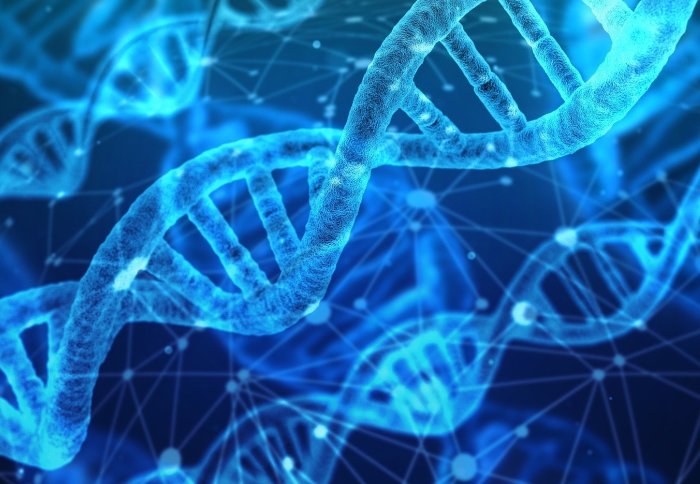Computational methods could speed up identification of viruses and bacteria

A multinational team of researchers have used computer simulations of molecular probes to propose a new method of disease DNA detection.
It is exciting work, given the urgent need for fast, reliable disease detection methods Dr Rosalind Allen University of Edinburgh
Dr. Stefano Angioletti-Uberti, from the Department of Materials, has collaborated with a multinational team of researchers from the University of Edinburgh, University of Cambridge, University of Ljubljana and the Chinese Academy of Science to publish a study titled 'Computational design of probes to detect bacterial genomes by multivalent binding'. The new study features in the Proceedings of the National Academy of Sciences and focuses on the application of computer simulations in developing a strategy to detect the DNA of infectious diseases.
A novel approach to DNA testing
The current coronavirus pandemic has highlighted the need for fast and accurate detection of infectious diseases. Both viral infections like coronavirus and bacterial infections like those associated with Antimicrobial resistance (AMR) can be detected by screening for DNA in patient samples. But this has proved challenging because the amount of disease DNA is small and it has to be detected in the presence of other, non-disease, DNA. Typically, scientists design molecular probes that bind strongly to the disease DNA but not to the non-disease DNA.
The new study suggests how this could be improved. The idea is that instead of designing molecular probes that bind strongly to one place on the target DNA, probes should be designed to bind weakly all over the target DNA. Furthermore, the sensitivity and selectivity of existing DNA screening methods can be enhanced by multivalent targeting of the whole bacterial genome.
Regarding the application of computational probe design, Dr. Angioletti-Uberti has commented that the project “highlights the importance of understanding the physics behind certain phenomena, to improve the design of applications, in particular when developing radically new solutions. In this regard, although computer modelling is increasingly being used, Machine Learning and Artificial Intelligence algorithms are unlikely to provide insights into the optimisation problem without this understanding”.
Looking to the future
This approach involved testing only in a computer model. The next stage of the research is to conduct experiments on real mixtures of viral and bacterial DNA. Dr Rosalind Allen from the University of Edinburgh has explained that “experiments are needed to test how well this works in practice – but it is exciting work, given the urgent need for fast, reliable disease detection methods, especially those that can be applied in countries with a weak health infrastructure”.
The research was performed before the COVID-19 pandemic, yet the results could well be applied to diagnostic of diseases, including coronavirus. The study may also be applied to DNA detection in other fields, such as environmental management and food safety.
The research was funded in part by the Royal Society and the European Research Council.
Reference:
Tine Curk et al. ‘Computational design of probes to detect bacterial genomes by multivalent binding.’ PNAS (2020). DOI: 10.1073/pnas.1918274117
Adapted from a University of Edinburgh press release.
Article supporters
Article text (excluding photos or graphics) © Imperial College London.
Photos and graphics subject to third party copyright used with permission or © Imperial College London.
Reporter
Kayleigh Brewer
Department of Materials